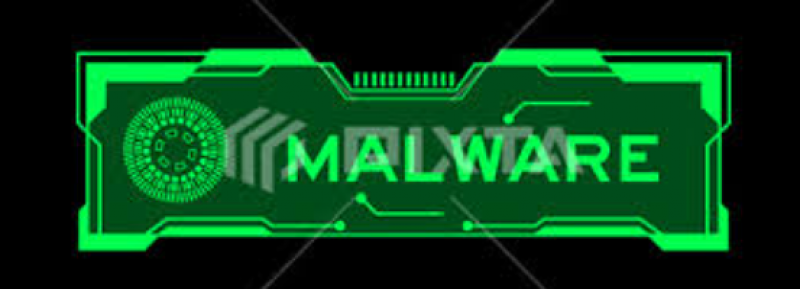
1982
A plain and simple "unwanted software" is the most widely accepted malware definition, and the first example was Elk Cloner, which was spread through floppy disks to Apple II systems in 1982. While this didn’t necessarily harm computers, it represented an unwanted intrusion, fitting the malware meaning most people embrace.
1990s
Then, in the 1990s, because Windows was such a popular operating system for personal computers, hackers began writing code using the macro language used by the common application Microsoft Word. These spread across the vast ecosystem of Windows PCs, giving birth to the concept of a malware-dominated threat landscape.
2002
in 2002 with the advent of instant messages, attackers started developing worms—which can replicate on their own—and they infected computers through AOL, MSN Messenger, AIM, and Yahoo Messenger.
The message would entice recipients with a catchy lure, such as, “Who’s that with you in this pic???” When the target clicked on a link in the message, they would get malware downloaded on their system. The malware would then send links to every name on the victim's contact list, effectively weaponizing their computer.
2005
Adware reared its annoying head from 2005 to 2009, starting out as legitimate software used to promote products. But as the ads drifted from somewhat true to fallacious, software publishers started suing adware producers for fraud. As a result, many shut down. But the full-screen, unclosable ad inherent in adware has survived until today.
2007
Social networks saw a boom in popularity from 2007 to 2009. Malware developers used Myspace, Twitter, and Facebook to propagate malicious links, applications, and advertisements.
2013
One of the most dangerous malware types arose in 2013: ransomware. It was spread using Trojans, which consist of malware hidden in apparently benevolent software, as well as exploits and malvertising. Ransomware has continued as a prime malware attack vector to this day.
2015- until now
crypto jacking, which involves hackers using people’s devices to mine crypto, emerged, riding the wave of popularity still enjoyed by cryptocurrencies. Ransomware, crypto jacking, and adware are still trending in the malware sphere. There is no sign they will slow down anytime in the near future.
We are sharing latest cybersecurity newses, keep your eyes on us to be safe and be aware of the daily threats.